When my parents decided to concept me, they did not think that the world in which they were used to live had collapsed forever. And that great country, known to the whole world as Soviet Union, stopped to exist not only on paper, signed by big people in Belovejskaia Pushcha, but also in reality.
Moldovian MIG’s flying overhead and calls to cover the windows with blankets, to prevent glass from breaking out did not clarify the understanding that the familiar world would never return. This understanding will come much later, when presenters of «Первый канал» (Channel One Russia) will start talking, from the screens of TV, about Moldovians as “labor migrants from the near abroad”.
A year later I was born. When I inhaled the air for the first time, my country was already divided in two parts: left-bank and right-bank. Since then, people who have lived side by side for decades have become enemies, they built a wall of misunderstanding and individually tried to find themselves in this new changing world.
Transnistria in many aspects reminded a teenager who is trying to do everything against his ancestors; starting with such commonplace things as communications, currency, the army and official rhetoric, ending with the proud dictum “Independent Republic”.

There was no independence either in 1993 or in 2017. In fact, it was always unclear to me – I was born in a family where the father is a Moldavian from the right-bank of Moldova, and the mother – Russian, but also from the right-bank. All acquaintances, friends, relatives lived there – on the right-bank. From the beginning of perestroika, in 1985, my parents decided to move to a very promising industrial city and took root in it. I had to let them go too.
Every week , as being a small boy in short shorts and sandals, I was jumping into a old red Zaporozhets and going with my parents to my grandparents in the village on the right bank, away from factory pipes and politics. With the passage of time, nothing has changed significantly. I grew up, studied in a school where the flag of Transnistria hung, and the Transnistrian anthem sounded at the first bell in the beginning of September.
Even in the first grade, a little me, with a bouquet of flowers for a teacher, in a slightly large jacket, sat (was sitting) at the second desk on the right and listened (was listening) to the teacher’s words about creation of our “independent republic”. “Mamalijnik”, “Moldovashka” – these words where used by my newly made classmates when they tried to offend someone.
Transnistria flowed around me, as water does, flowing around the stone. Water sharpens the stone, but it takes a lot of time. I decided not to wait and after school I left on the right bank, in Chisinau.
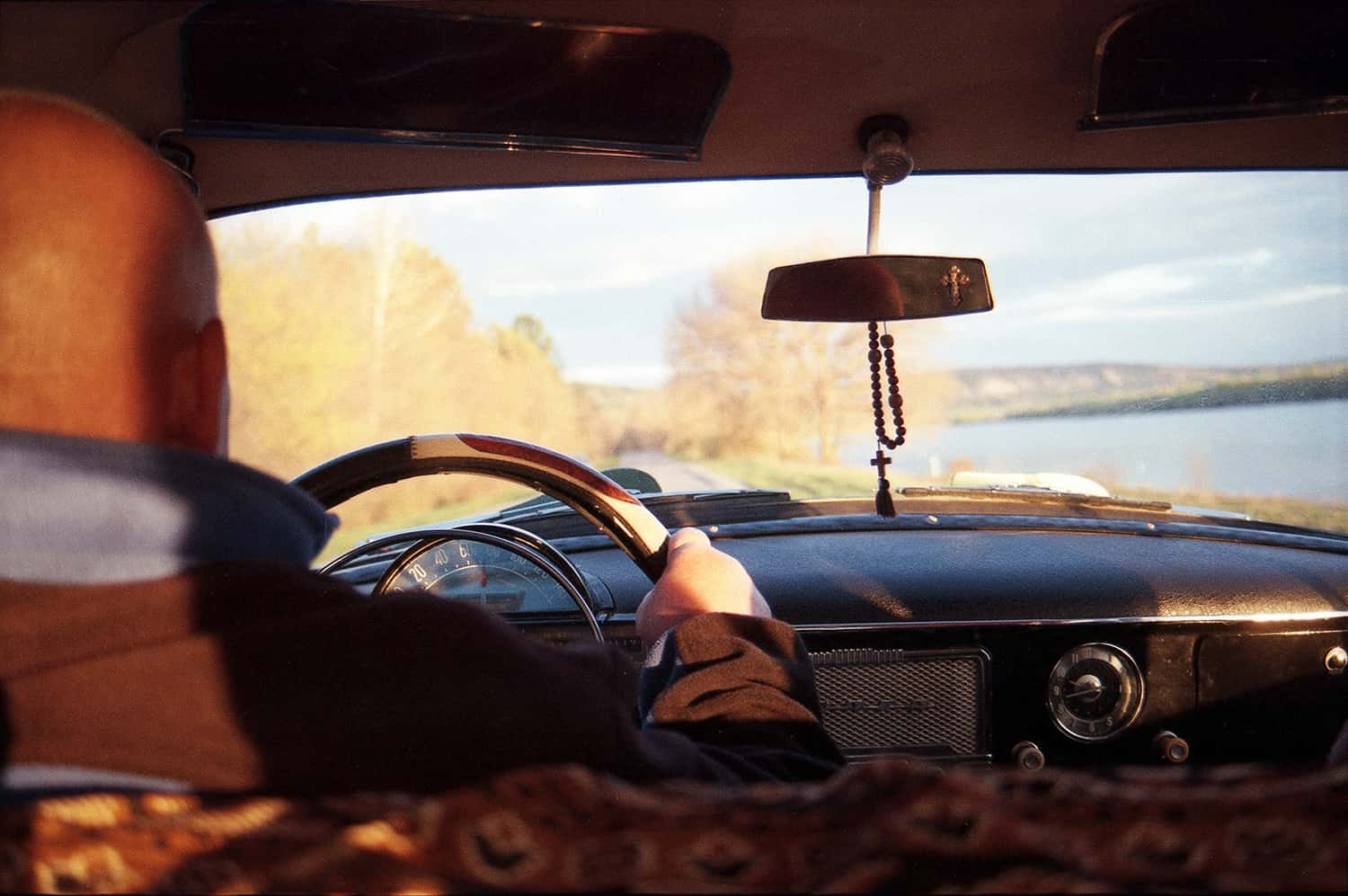
My native language is Russian, despite the fact that inside I feel myself Moldavian. What is my bottom line? In Transnistria I am Moldovian and “internal enemy“, in Moldova I am Russian and “alien” despite citizenship and internal involvement in this nation.
I am a stranger. Everywhere. I have no homeland. There are only shreds of childhood memories that have nothing to do with the objective reality of the time. I still live with this feeling. People like me are called ,by teachers from my university, where I studied from bell to bell for three years and never graduated from the masters “people with a diffuse ethnic identity”.
One way or another, a person is a curious creature. And, since I am a person, then I’m curious too. Mainly – who am I, where am I from, and why am I?
Travelers can say that you understand yourself better during acquaintance with a foreign culture. Markers “our or foreign” are immediately activated. When I turned 23, I returned to Transnistria to explore the place where I was born and lived the first 18 years of my life.
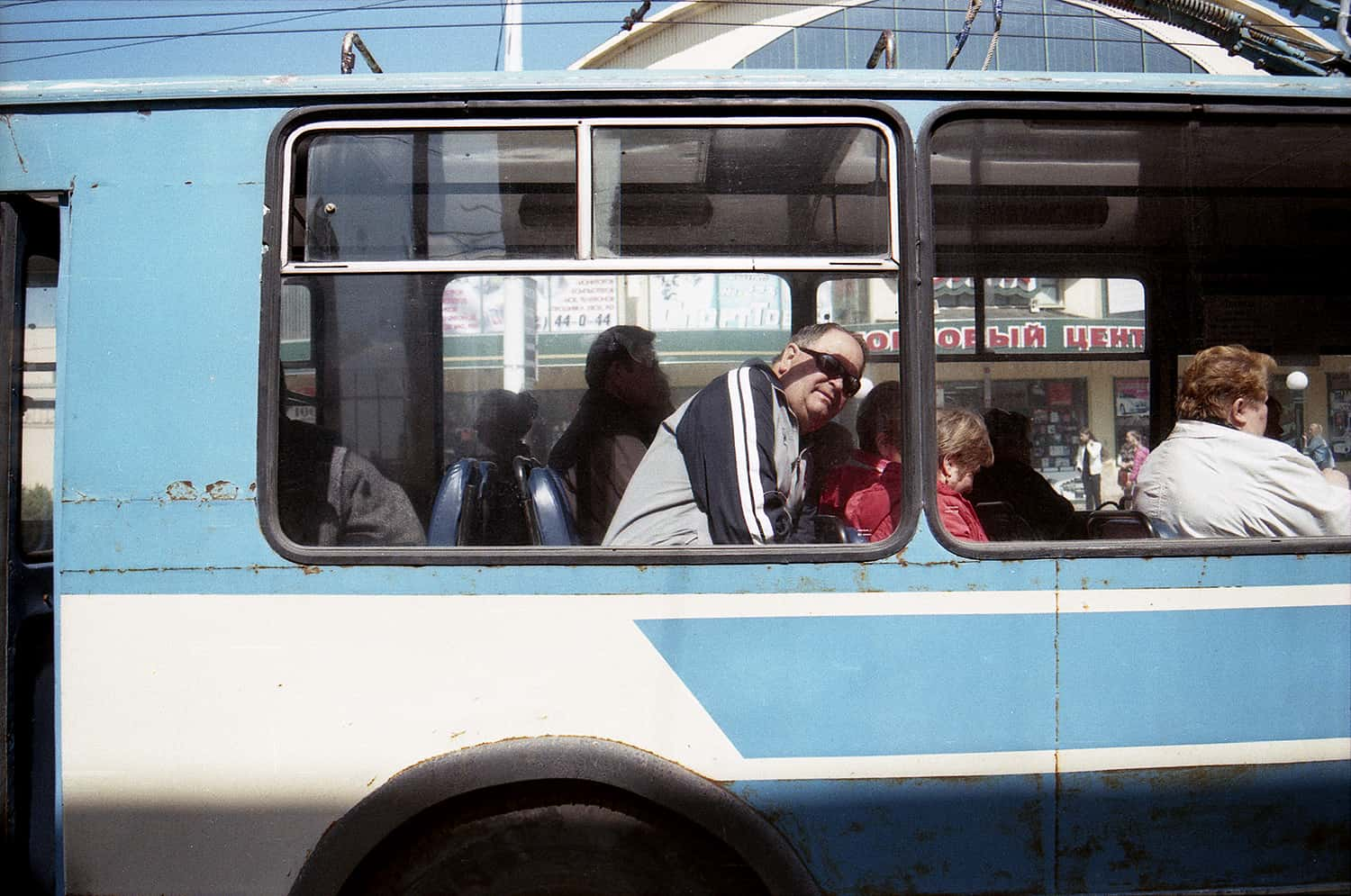
With a dozen clips with a narrow film in my hands, I rediscover my own homeland. Because, since I breathed for the first time my “homeland” was limited to the house in which I grew up, a concrete path to the school and a dozen villages that I saw all my life only from the car window on the way to grandparents.
I began to take photographs, and these are photographs of a man who first sees his homeland. Sometimes I don’t understand anything, sometimes I’m afraid, but still, deepening, I understand that “this is mine”, and no one asked me if I want this to be mine. This culture has become a part of me, and nothing can erase it from the depths of my soul.
I am the same age as Transnistria, and we are almost simultaneously experiencing the same psychological crises. Now I am 25, almost 26, and I groped my place in this world. I cannot say the same about Transnistria.
All I can do is to fill the color film into the camera an infinite number of times and cross the Dniester as many times to feel the atmosphere in which a tiny, unrecognized state resides in almost the very heart of Europe. To see it through the eyes of a peer.
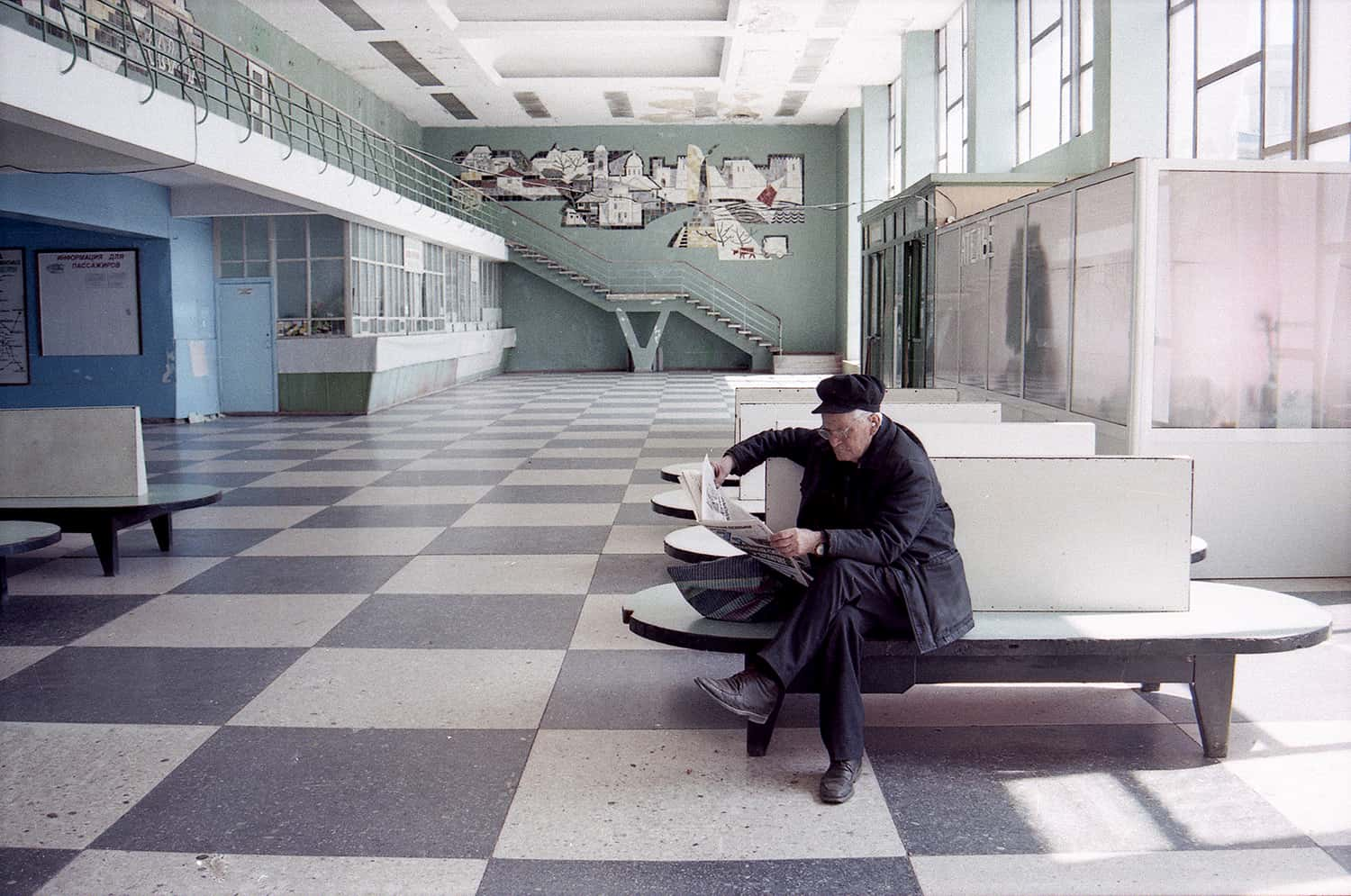
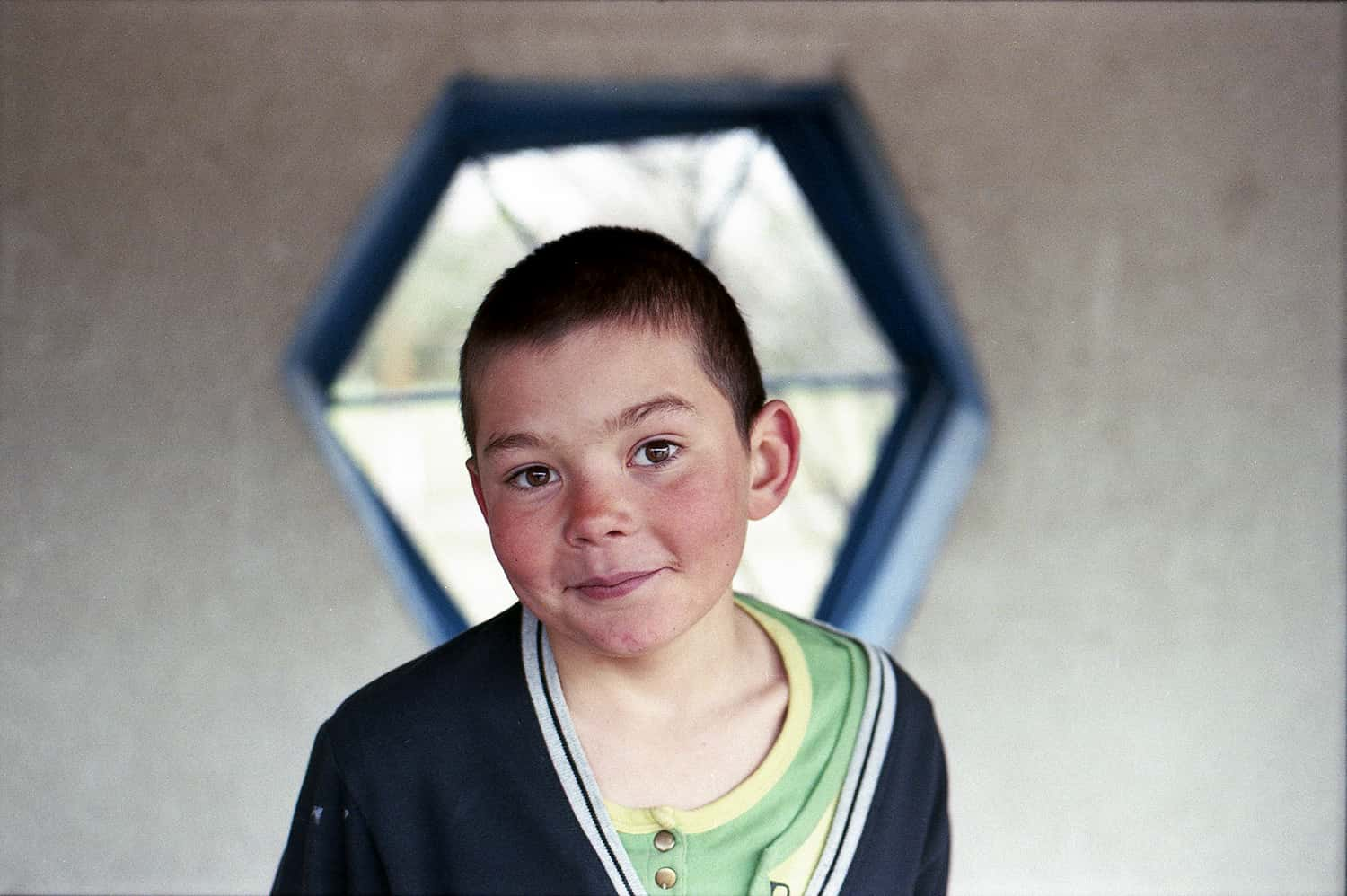
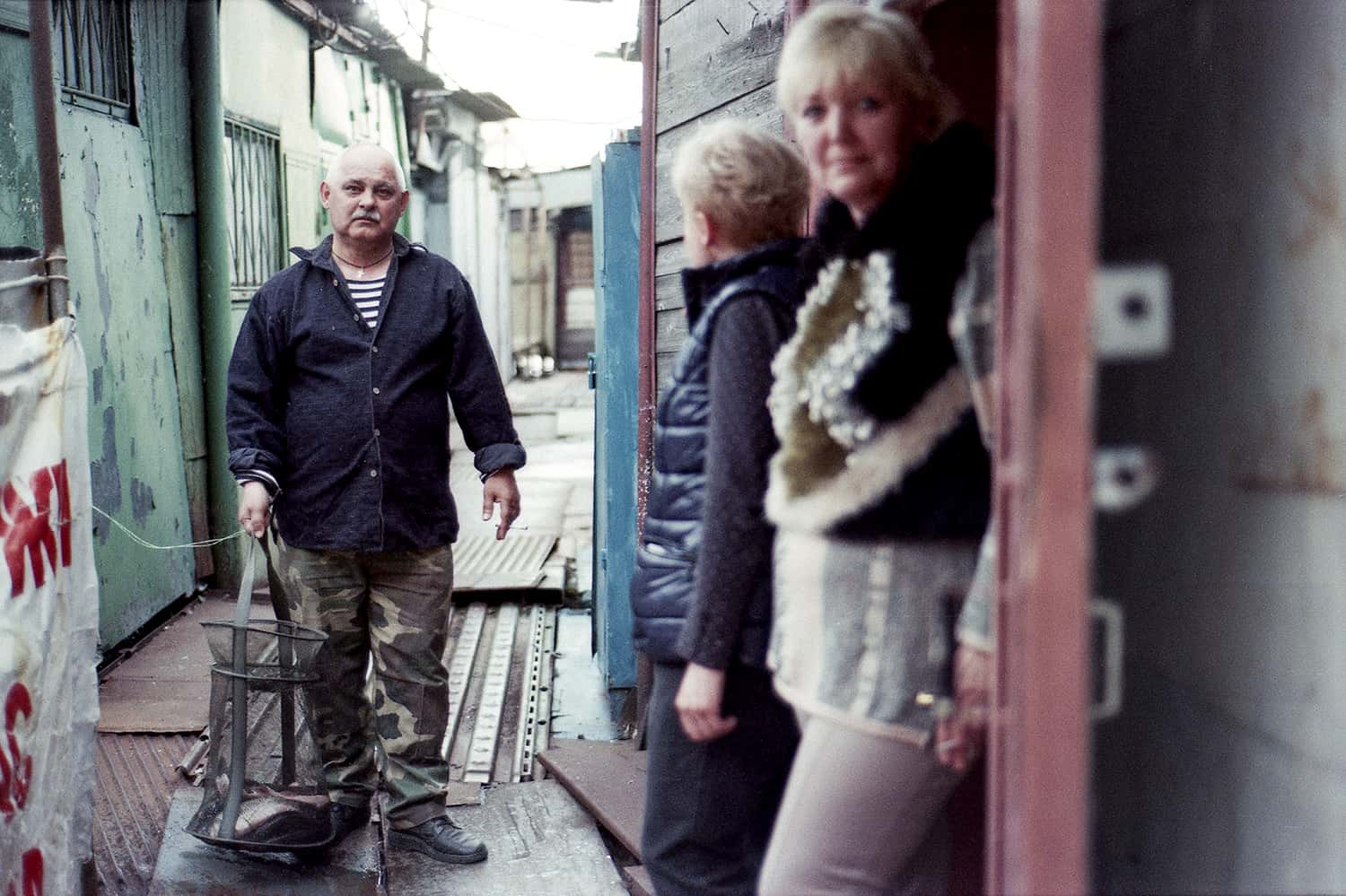
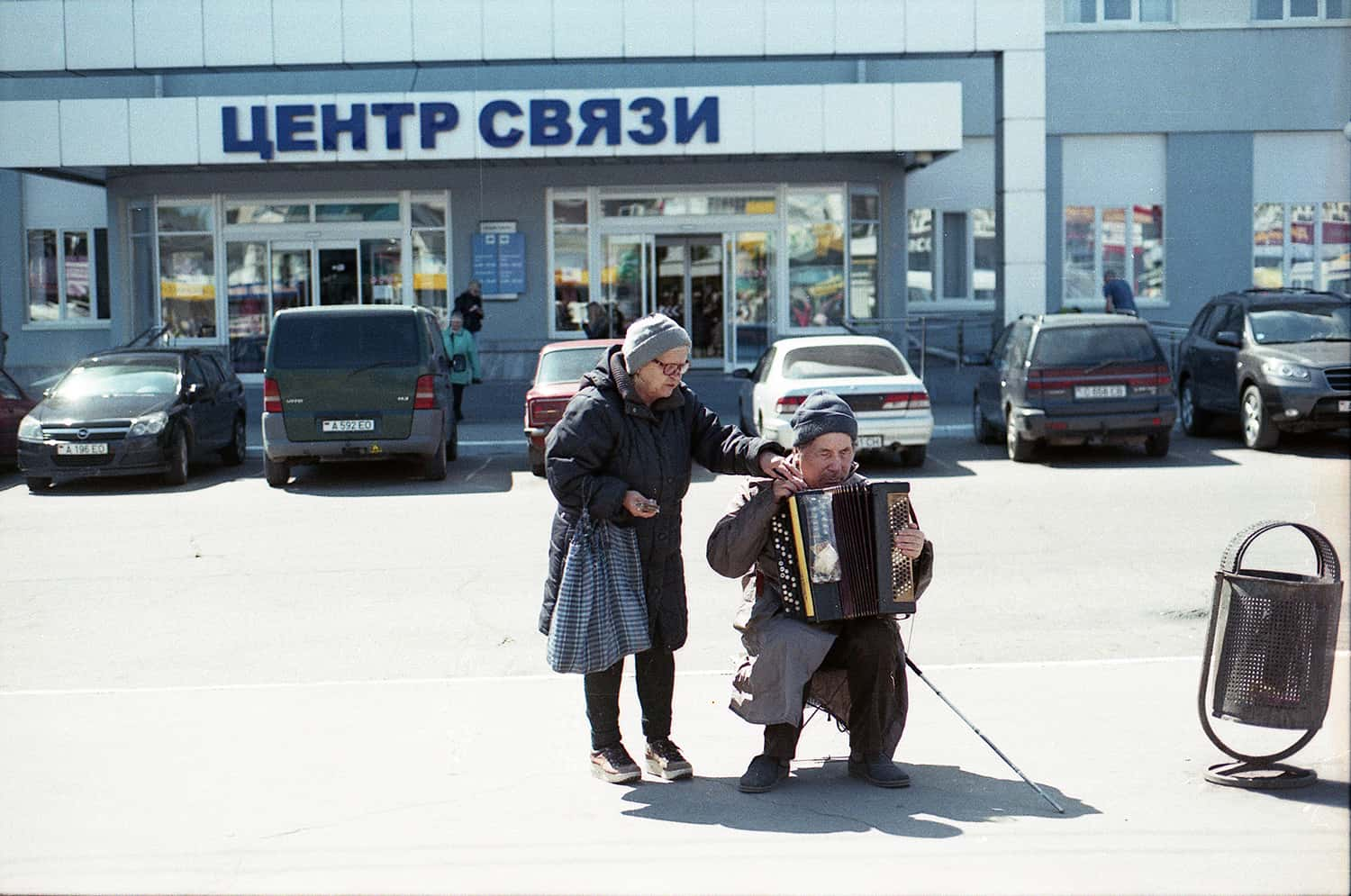









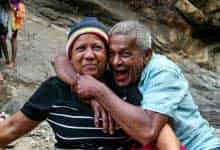
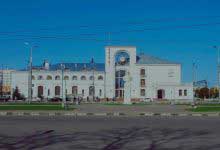

An interesting story. I think very few people know about Transnistria and the difficulties there.
Nice photos, nice words. Nothing else to say !!